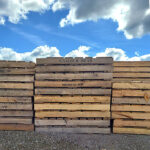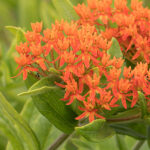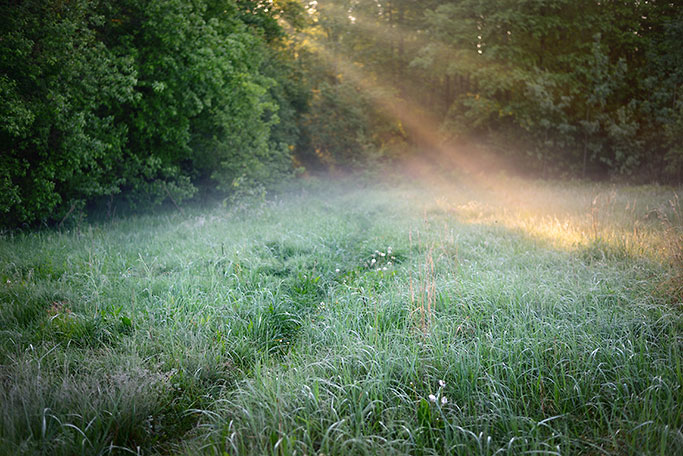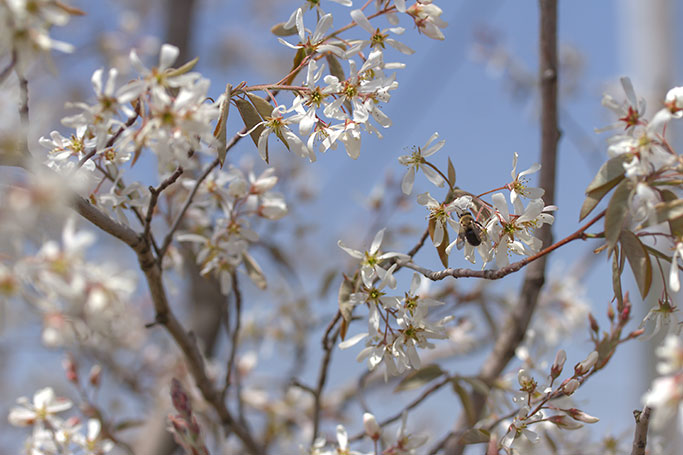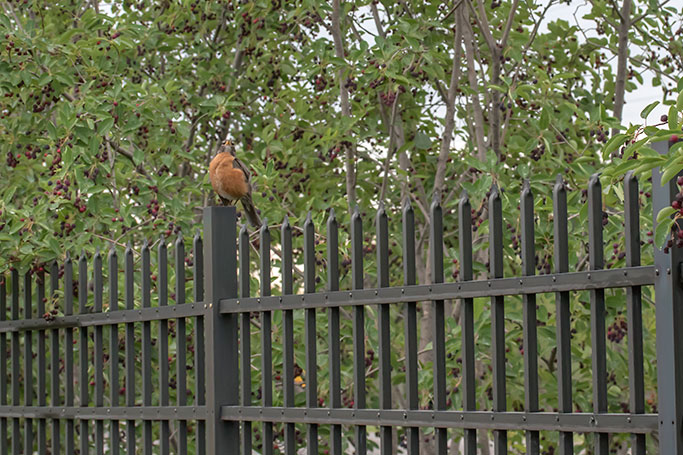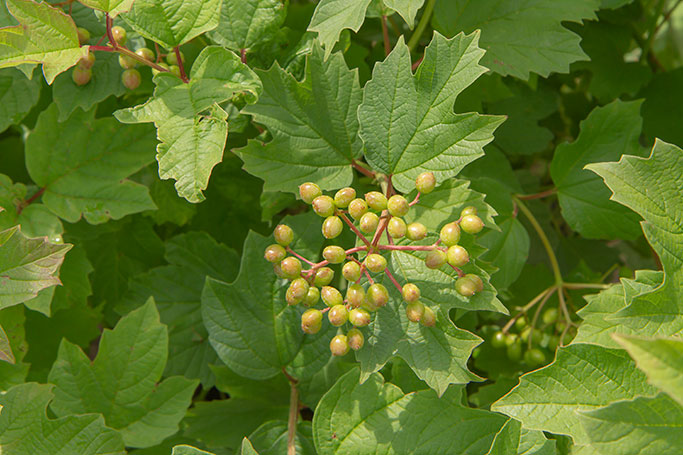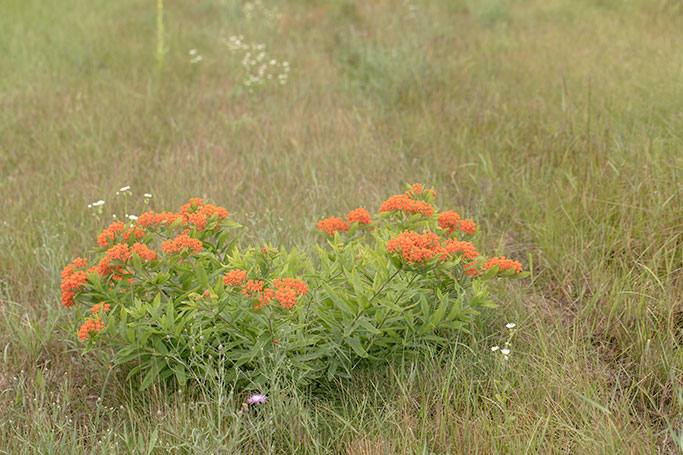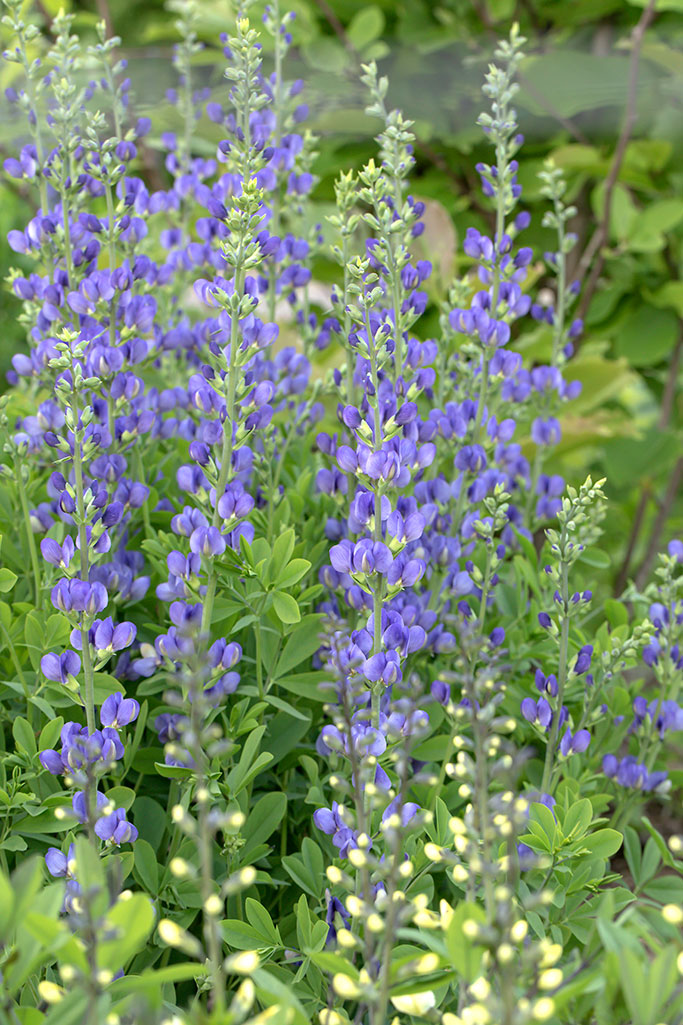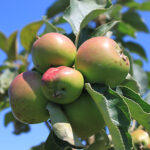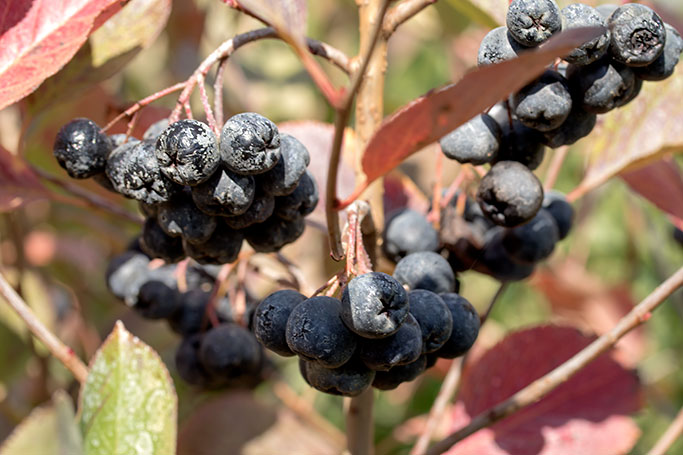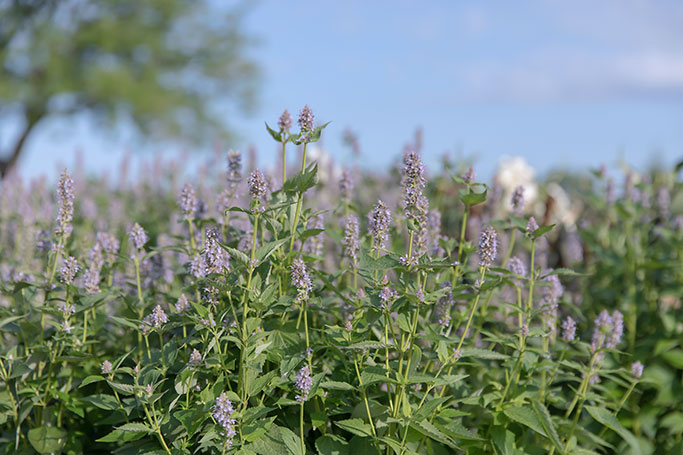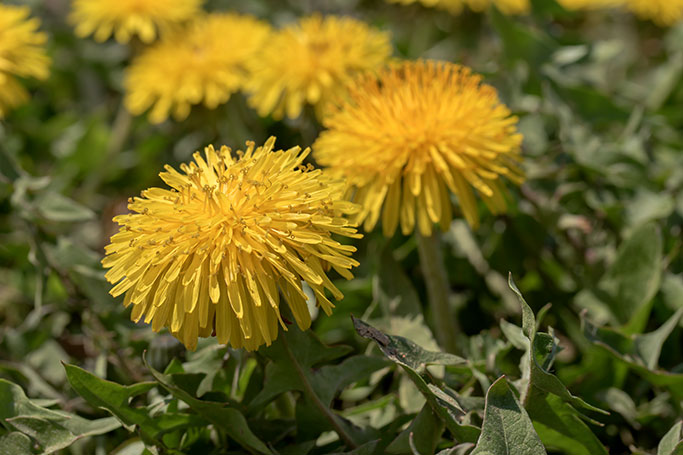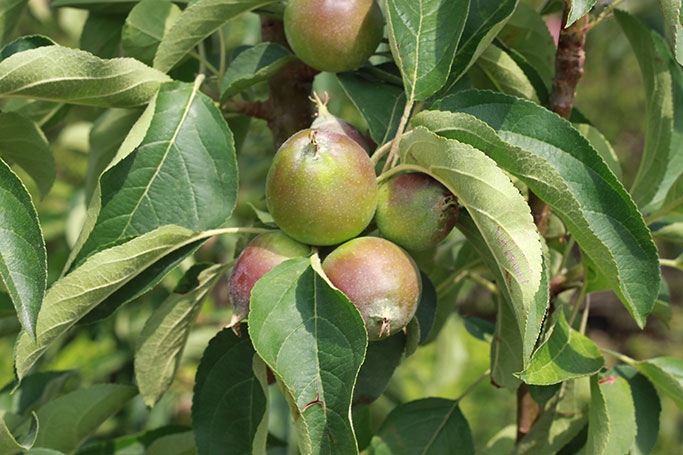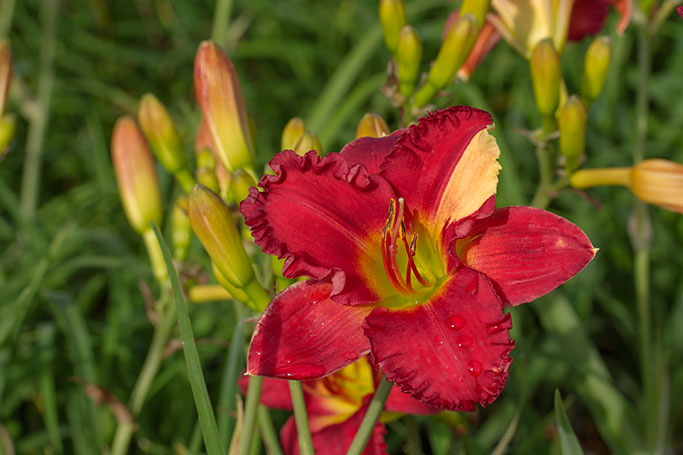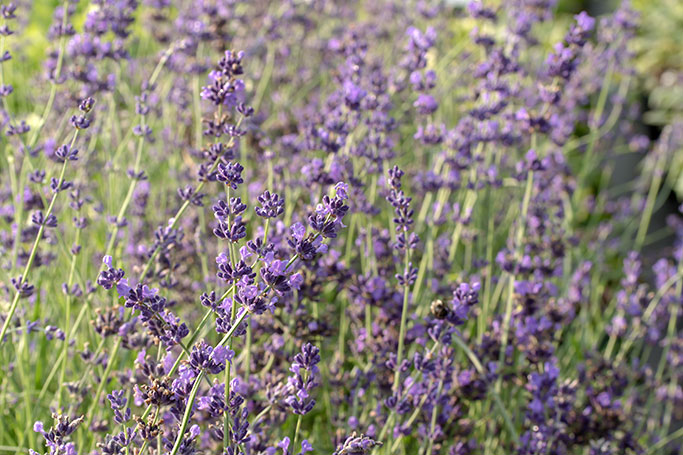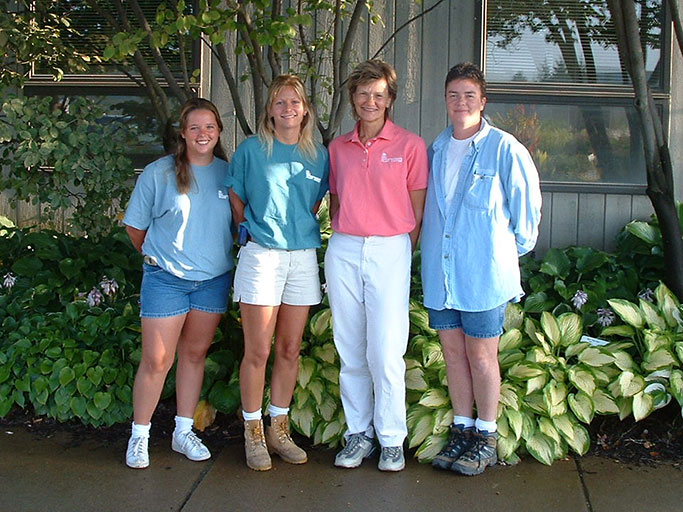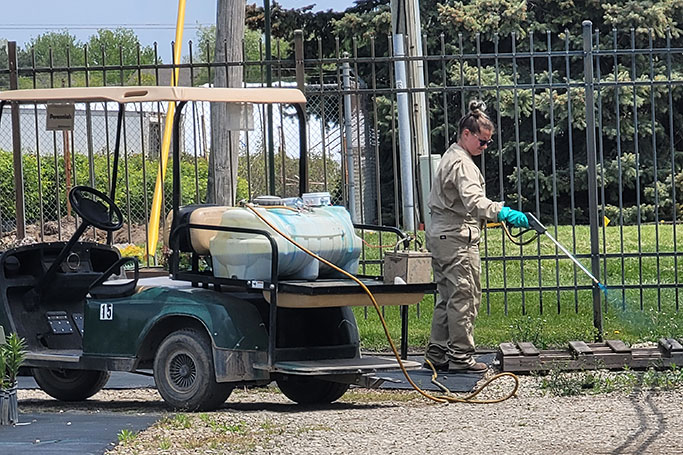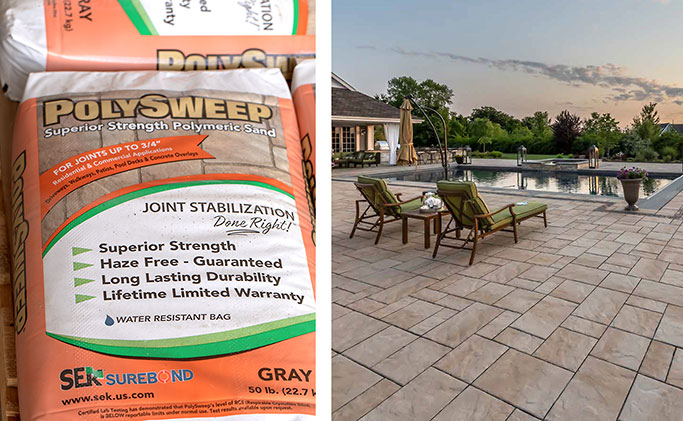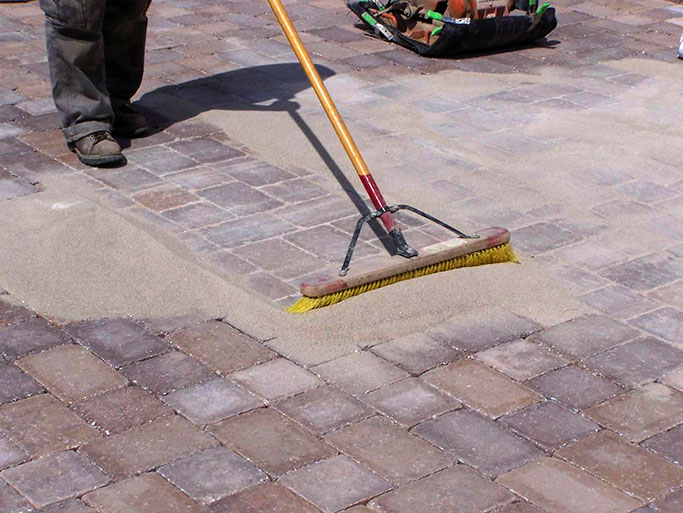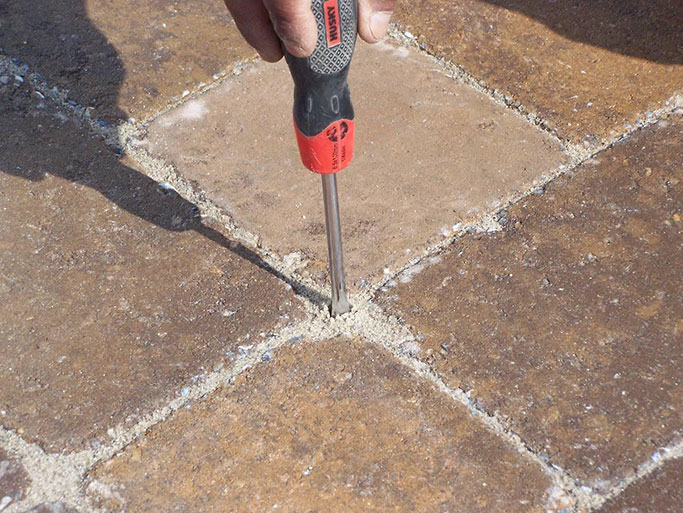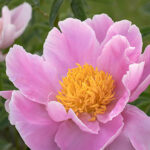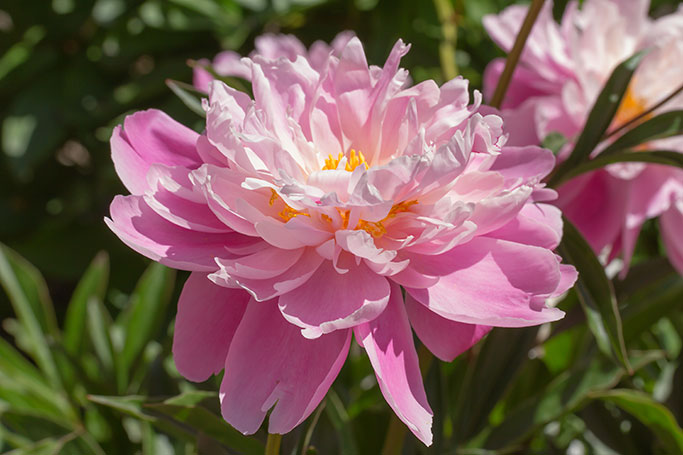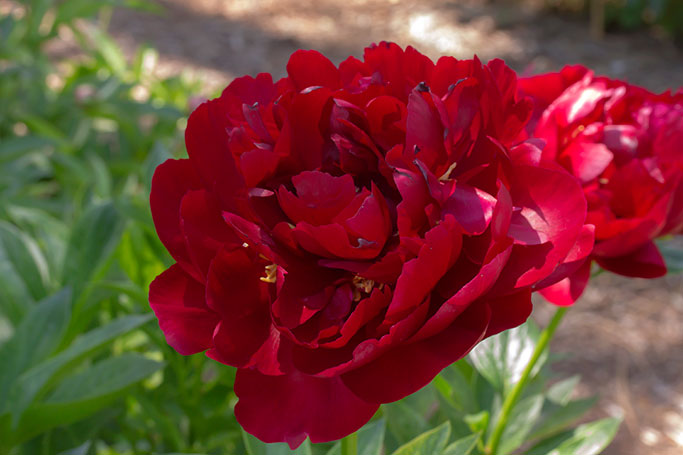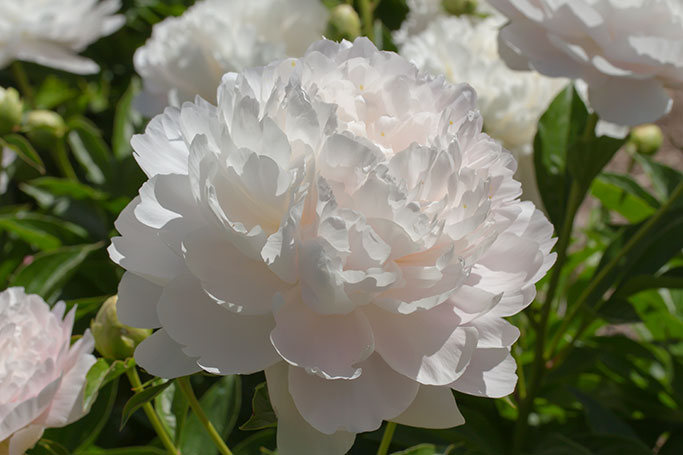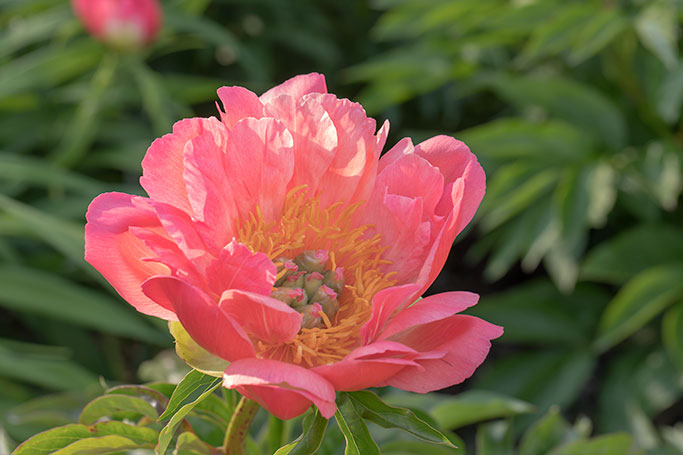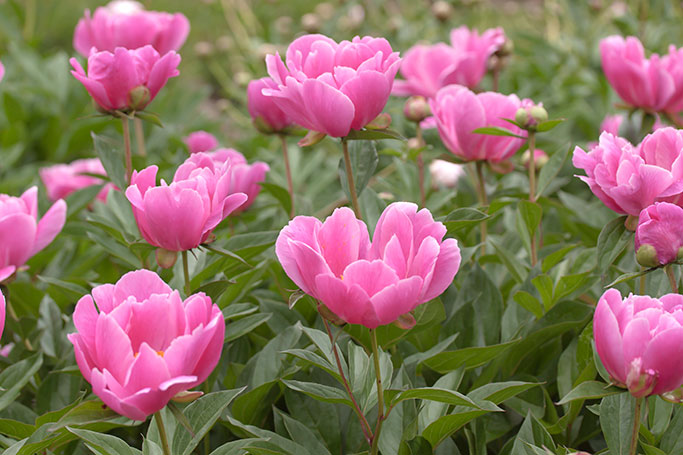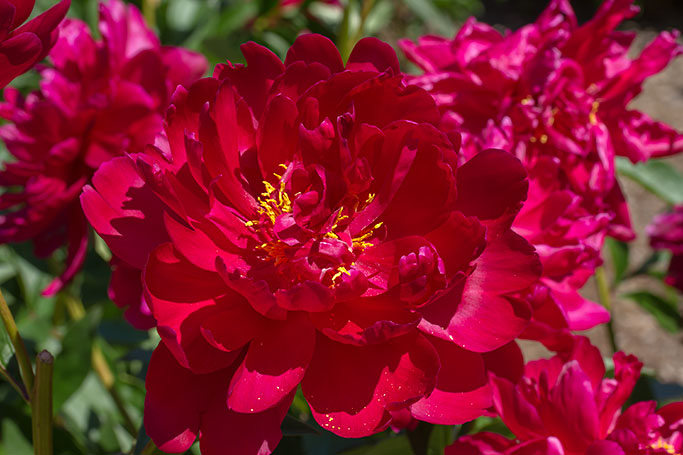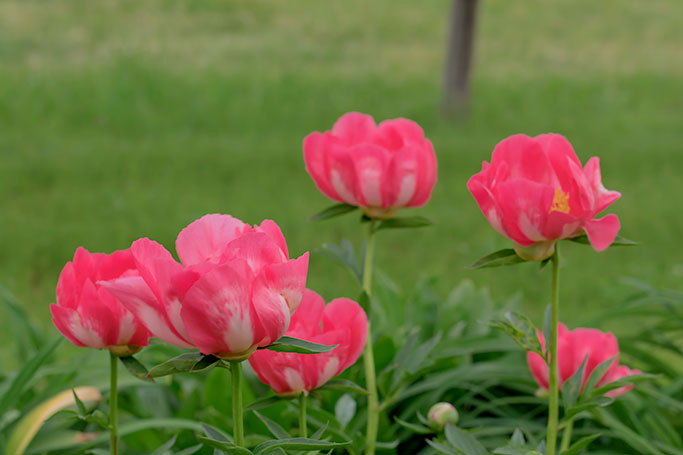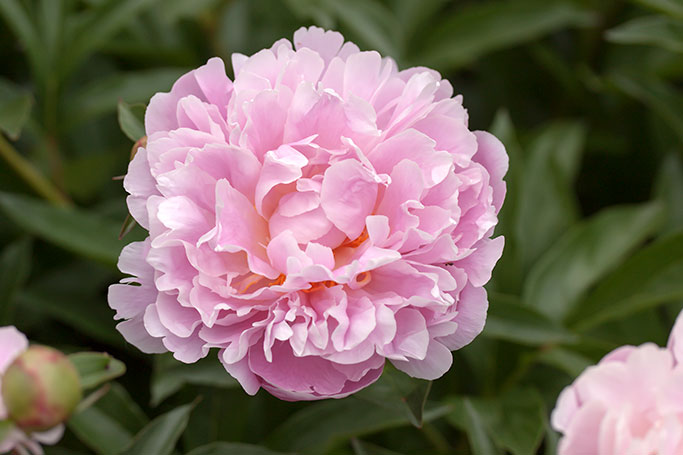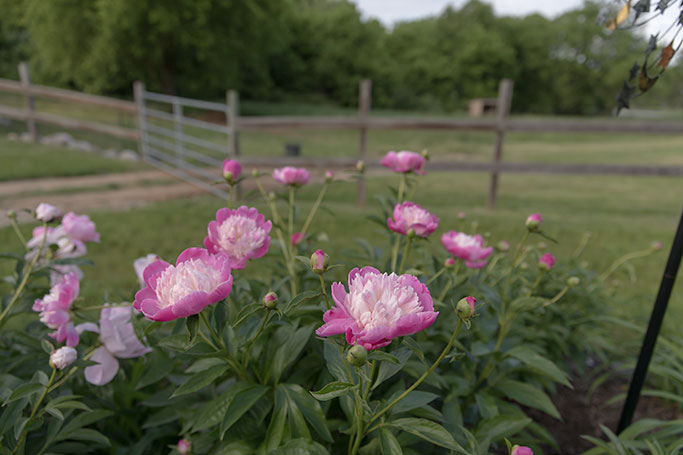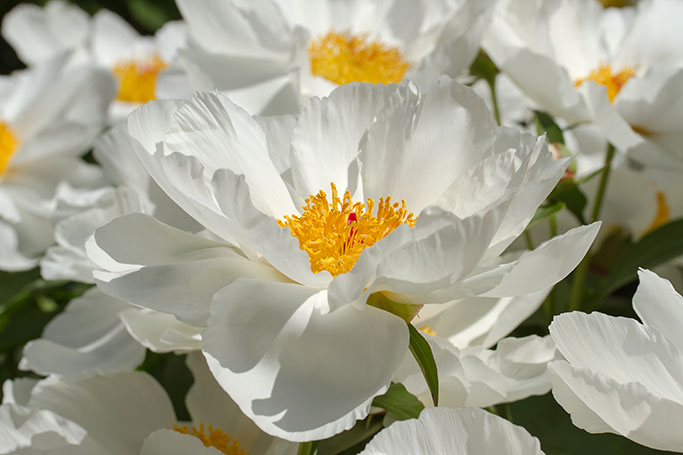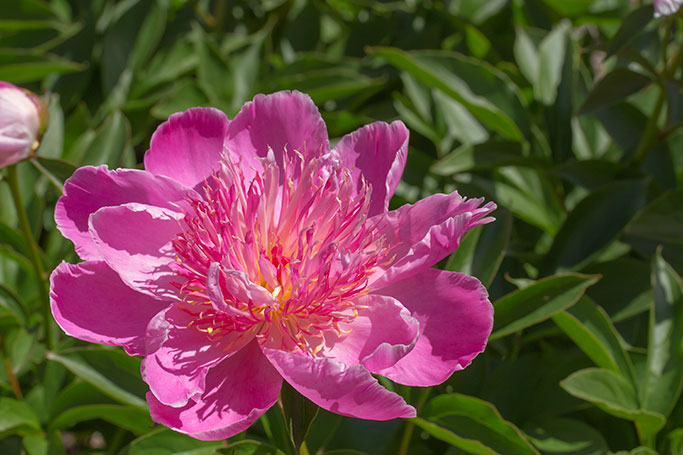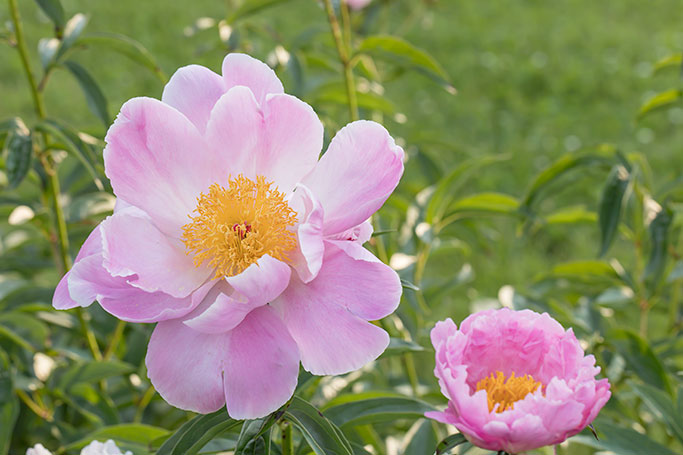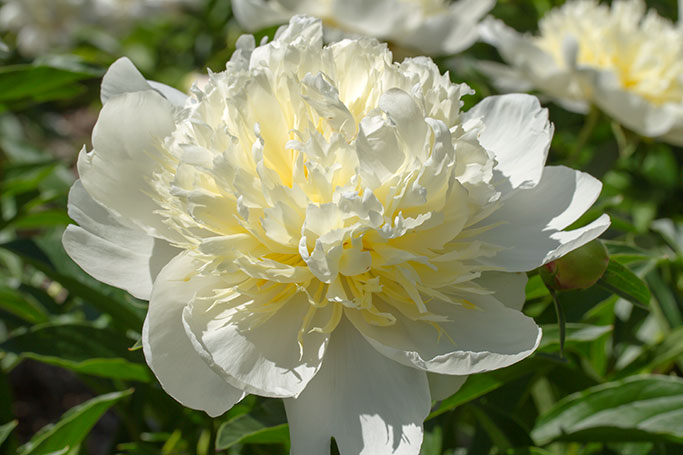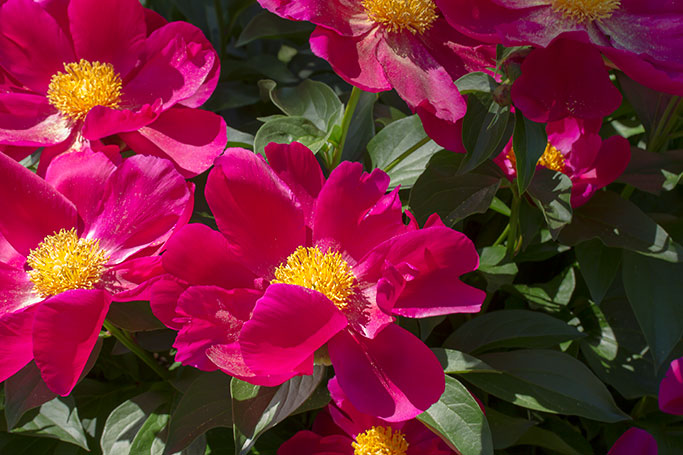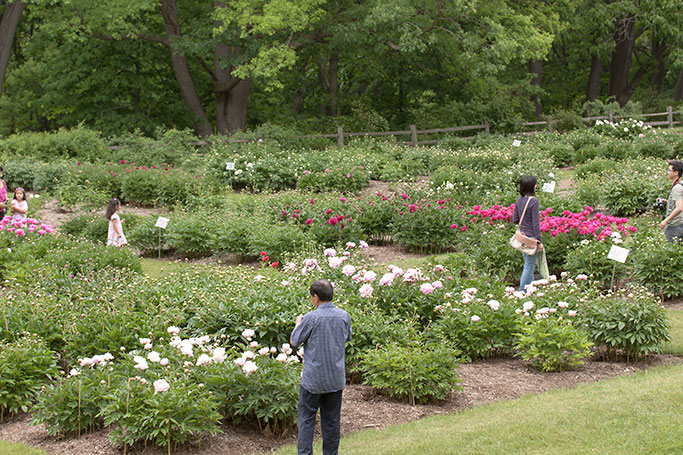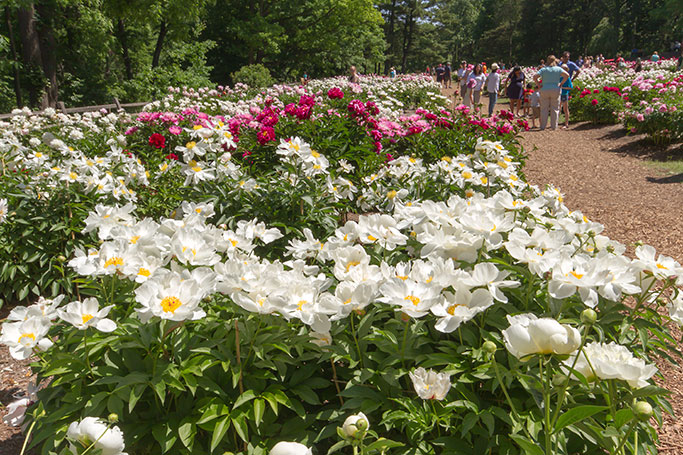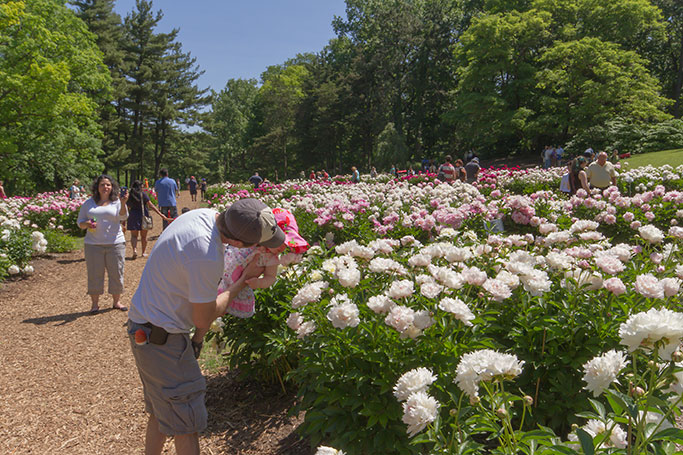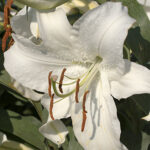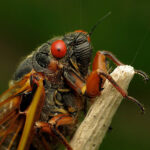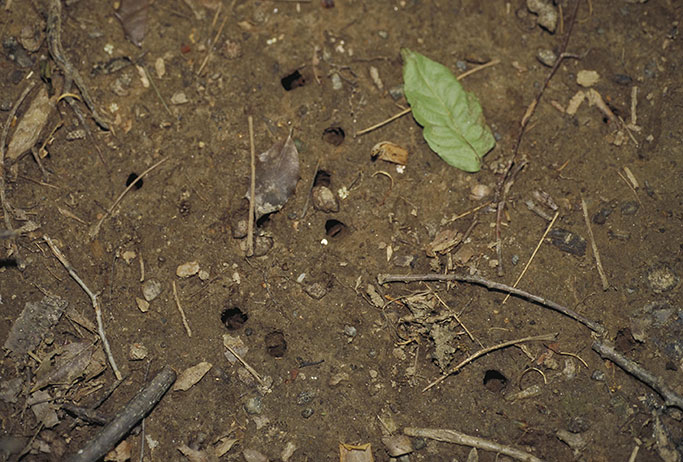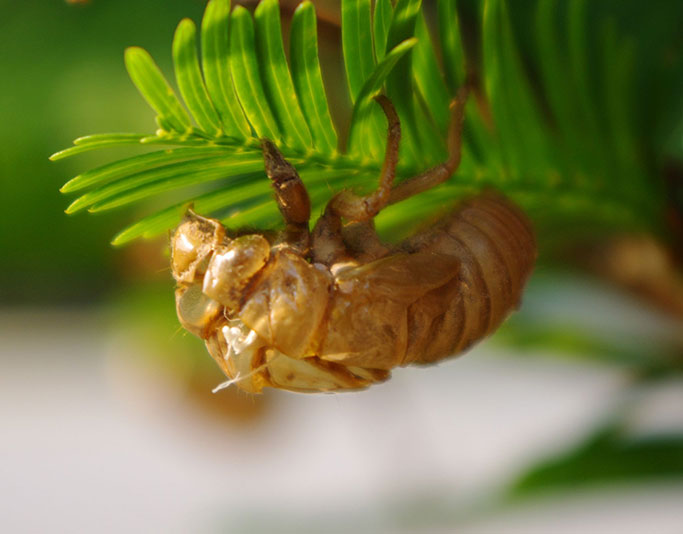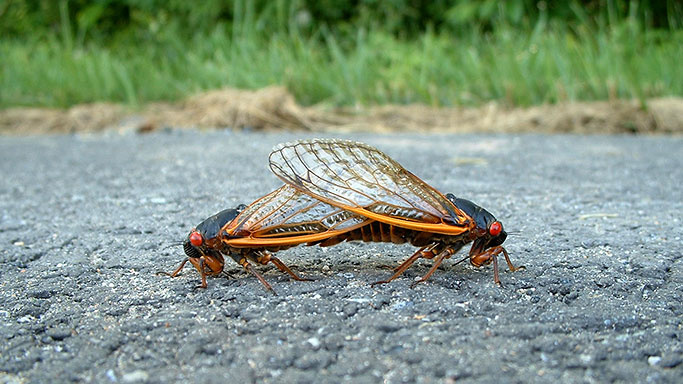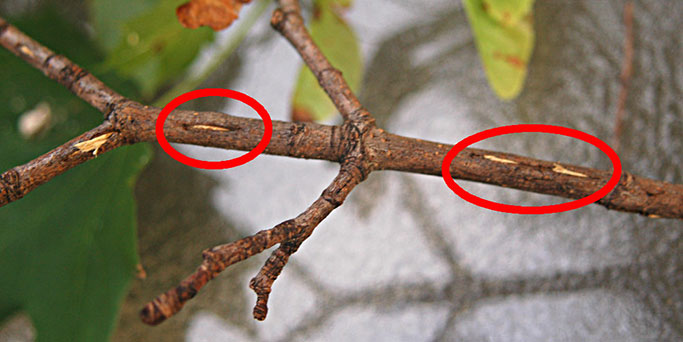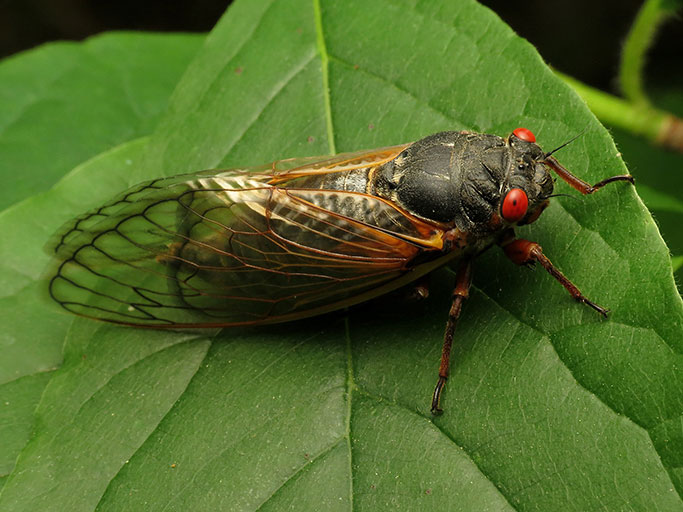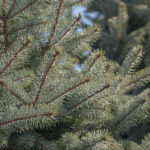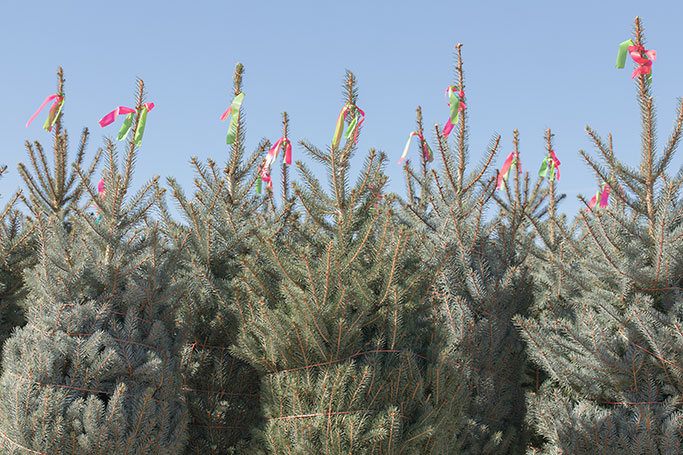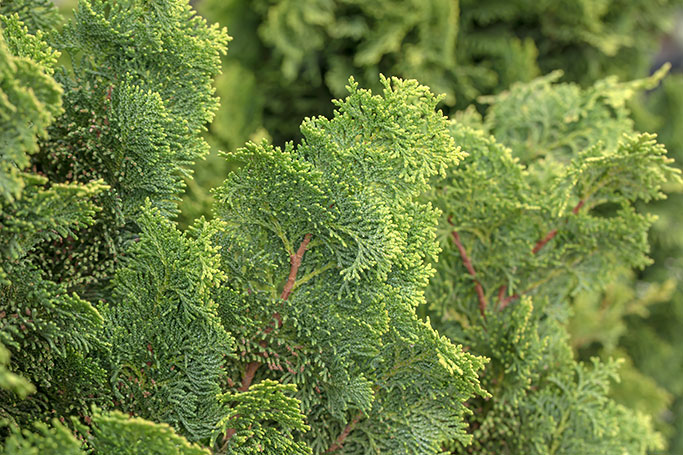The number one question we’ve been asked this year is: “Do you know when you will be getting (insert literally anything here) in?” This season has been one big game of "Go Fish", and I am lousy at fishing! The shortages have been across the board, with almost nothing unaffected. But what if I told you that you could play a key role in keeping something from running out? If that does not raise an eyebrow - what if I told you that you will get paid to do this?
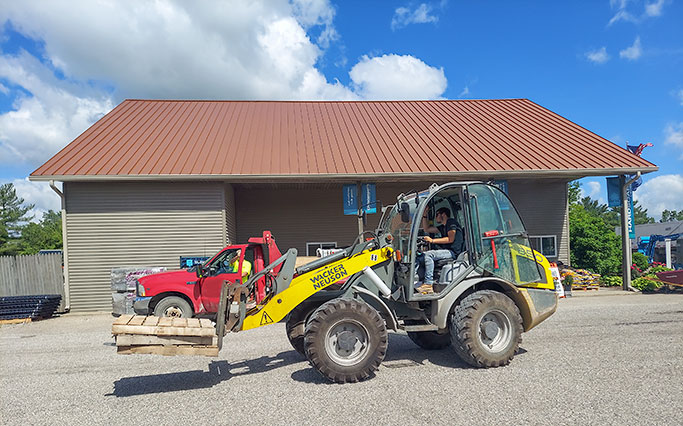
You're not alone - the concrete vendors who produce pavers, wall units and steps are also facing shortages. They have plenty of aggregate and colorant, but what they are in dire need of are the empty pallets that your product was loaded on. You paid a deposit for that pallet, wouldn’t you like your money back? Instead of waiting until the end of the season when you have a gigantic pile of skids, bring them back as often as possible. Don’t risk the skids in your yard becoming damaged and unusable, weather worn, or magically vanishing. That is your money disappearing!
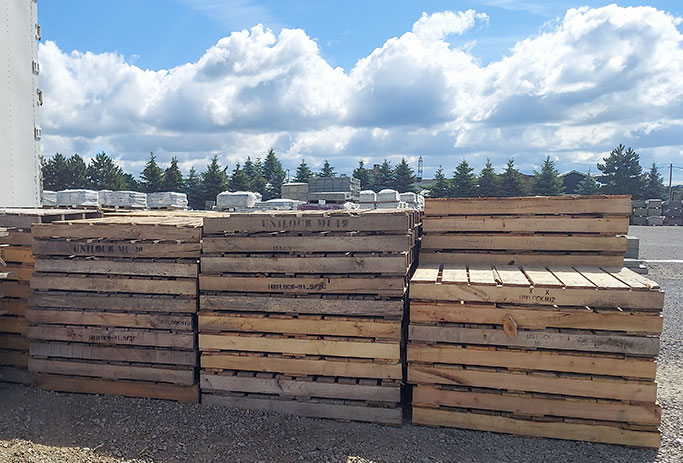
Concrete vendors need these pallets to be returned so they can be reused or refurbished. If they don’t have returned ones, they’ll buy new ones - and at the current prices of wood, vendors will be forced to raise their prices. Recover your cash by returning those skids, and don’t let your money evaporate by failing to return pallets in good condition.
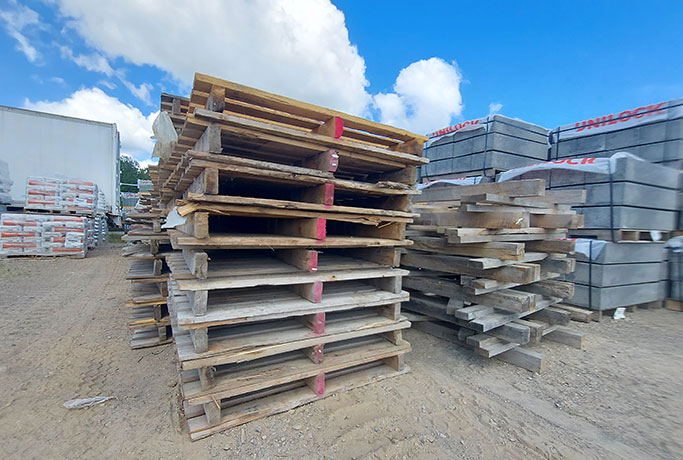
Here is a list of things we at Christensen’s look for when you are returning brick skids to us:
- Does it have all the boards on top, bottom, and in between? When boards are missing, the pallet can no longer effectively hold what could be up to 3500 pounds.
- Is the wood rotted? Do you see mold? If yes, that wood is no longer structurally viable, which in weakens the entire pallet. This is a huge safety concern.
- Is it a returnable skid? All our vendors have either spray painted or burned their name or logo on the side of the pallet. Brick pallets are specially constructed to support the weight of the product and are easily identifiable.
- Did you buy the product from us? We only accept pallets by the vendors and brands we carry, so if there are other brands mixed in, we will give them back to you.

Help us slow potential price increases by reducing the pallet shortage. Make sure all your employees are aware of the pallet deposit as well, so you do not have an accidental $500 bonfire! As always, feel free to call us with question or concerns, or if you want to try your luck at "Go Fish". But be warned, we have a very well stocked pond.

